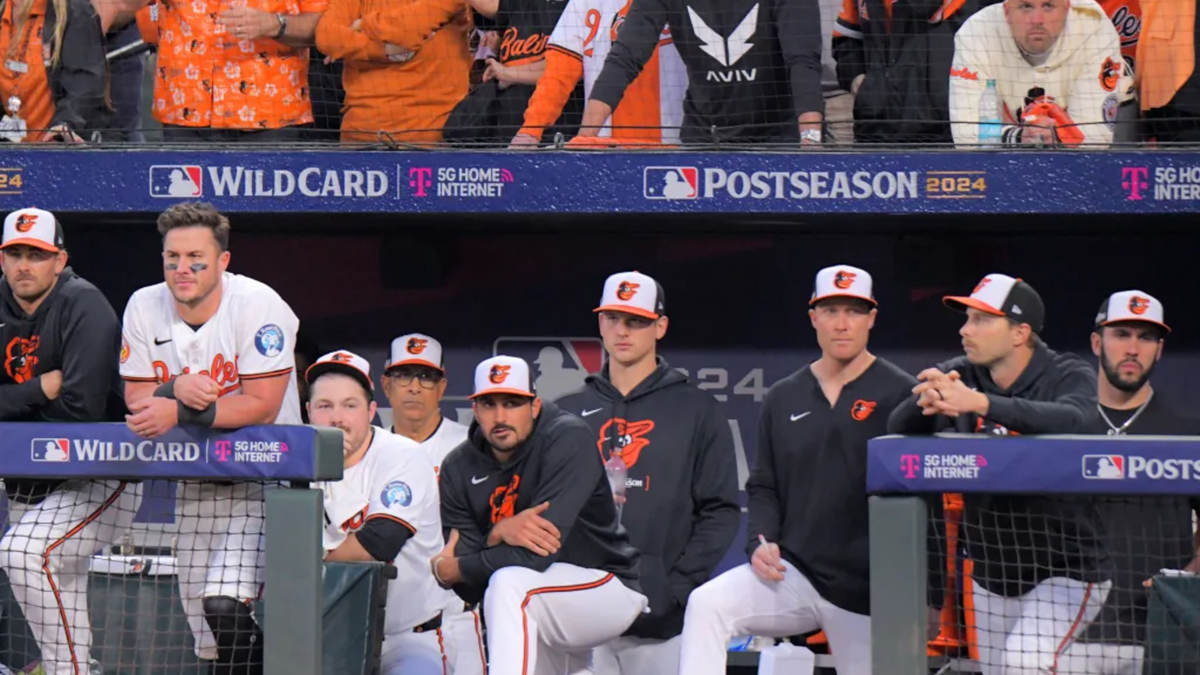

Zach Eflin didn’t slam his glove. He didn’t hang his head. He just walked off the mound, zipped up his hoodie, and disappeared down the tunnel, no eye contact, no emotion. But actions speak louder than stats. In that quiet exit, Orioles fans saw something more unsettling than another loss: resignation, not just from Eflin, but from a clubhouse grappling with the weight of unmet expectations. This wasn’t supposed to happen. Not in 2025. Not with playoff dreams freshly planted and a roster built to bloom.
Watch What’s Trending Now!
Instead, the Orioles sit at 20-36, ten games out of a postseason spot and rapidly running out of oxygen in the AL playoff race. What began with hope has now twisted into a hard truth: this team is trending toward seller status, and fast. At the center of that conversation are four names fans know well: Zach Eflin, Tomoyuki Sugano, Cedric Mullins, and Ryan O’Hearn. Together, they form the Orioles’ Big Four high-performing veterans, each on an expiring deal, and each a potential domino in what could become one of the most fascinating deadline fire sales in years.
But here’s the catch: Baltimore doesn’t need to trade them to get something back. Thanks to MLB’s qualifying offer (QO) system, if these players finish the season strong and walk in free agency, the Orioles, as a revenue-sharing recipient, stand to gain premium compensatory draft picks, possibly as early as the end of the first round. It’s a chess game, not checkers. And Mike Elias knows it.
ADVERTISEMENT
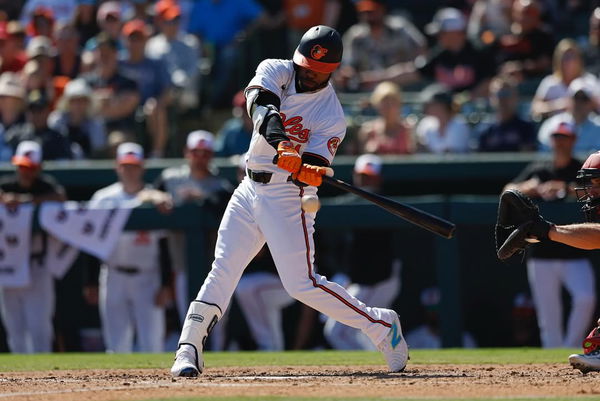
ADVERTISEMENT
So what’s the smarter play? Ship them off in July and get real-time prospects in return? Or roll the dice, let them walk in November, and cash in with picks that fit Baltimore’s strength: drafting and developing young talent? That decision isn’t just philosophical, it could define the next five years of Orioles baseball.
And here’s the twist that makes this all even more compelling: Elias could do both. Trade one or two. Keep the others. Or, in a high-wire act few GMs attempt, deal a player now and re-sign him this winter. That kind of move doesn’t just require vision. It demands confidence in your process and faith in your pipeline.
ADVERTISEMENT
Right now, though, fans aren’t thinking about pipelines. They’re watching Mullins limp through another tough week at the plate and O’Hearn miss another RBI chance. They’re wondering, not when the rebound begins, but who gets shipped out first.
The Big Four aren’t just trade chips. They’re litmus tests for what kind of franchise the Orioles want to be. Stay-the-course rebuilders? Creative opportunists? Or something bolder entirely?
Either way, the countdown has started. And every quiet exit from the mound might be a goodbye in disguise.
ADVERTISEMENT
Orioles injuries, slumps, and the domino effect
It started subtly, the kind of turbulence you brush off in April. Cedric Mullins tweaked his hamstring on a cold night in Minnesota and landed on the IL. Not ideal, but manageable… or so it seemed. Mullins was the spark plug at the top of the lineup, the outfield general, and a clubhouse tone-setter. Without him, the Orioles lost more than speed, they lost rhythm. Austin Hays tried to step up but has been batting under .210 since May 1. One absence quickly turned into a positional scramble, and the ripple effects began.
Then came the arms. Zach Eflin, once the rotation’s ace in disguise, developed lingering shoulder soreness that pushed his ERA over 5.00 in May. Tomoyuki Sugano, the much-hyped NPB import, showed flashes of dominance but struggled with command, allowing 18 walks over a four-start stretch. The bullpen, already thinned by DL Hall’s continued setbacks, collapsed under the added weight. Yennier Canó, once a late-inning weapon, has blown three saves since mid-May. Every bad outing forced more pressure onto the next guy, and it snowballed fast.
ADVERTISEMENT
Offensively, it’s been just as grim. Ryan O’Hearn, who carried a .286 average through April, slumped hard in May, batting just .191 with 2 extra-base hits. Gunnar Henderson and Adley Rutschman have tried to carry the load, but the lack of depth has caught up to this team. There’s a visible tension now, at-bats are tight, the swings are anxious, and the dugout looks more deflated by the day. Even manager Brandon Hyde, normally upbeat, sounded rattled last week: “We just haven’t been able to find our footing,” he admitted. The team doesn’t look broken, but it looks exhausted.
Top Stories
Blue Jays’ Kyle Tucker–Bo Bichette Push Turns Toronto’s Mockery Into AL East Nightmare as Yankees Face New Threat

Francisco Lindor’s Future in Limbo as Mets Owner Breaks Silence After Pete Alonso Exit
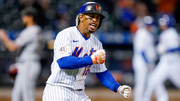
Blue Jays Suffer Major Offseason Blow as Prime Target Signs With Braves for $45,000,000

Brian Cashman Breaks Silence on Jazz Chisholm Jr. Amid Backlash as Yankees Prepare Drastic Step
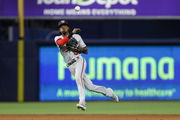
Blue Jays to Show Exit Door to 3 Playoff Stars as Ross Atkins Plans Major Changes: MLB Winter Meeting Rumors
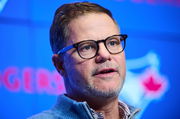
The Orioles’ slump isn’t just about poor play, it’s the product of one issue bleeding into the next. What started with a few setbacks has turned into a full-on identity crisis. And unless someone stops the bleeding soon, this promising roster could unravel before July ever ends.
ADVERTISEMENT
ADVERTISEMENT
ADVERTISEMENT
ADVERTISEMENT

